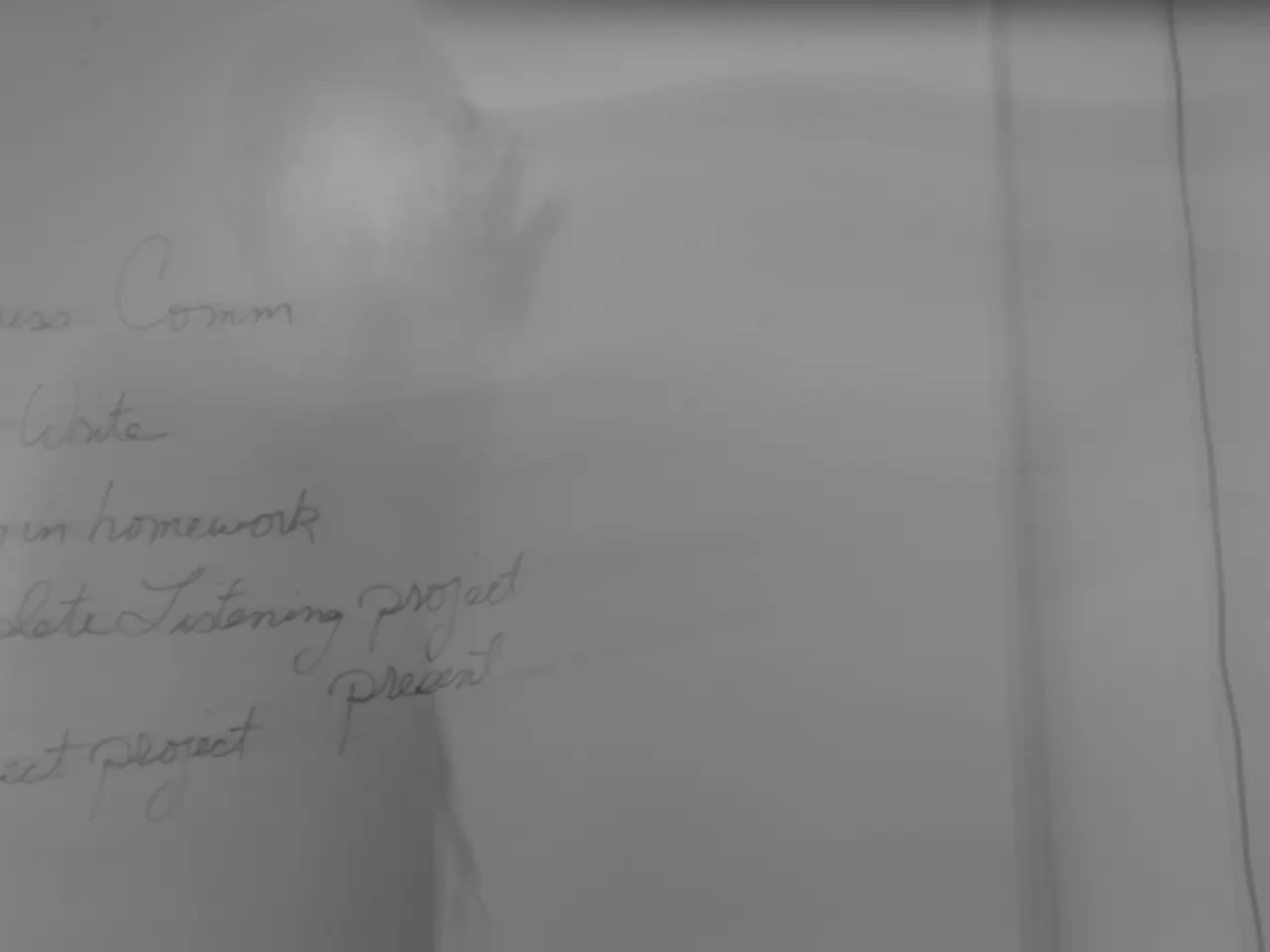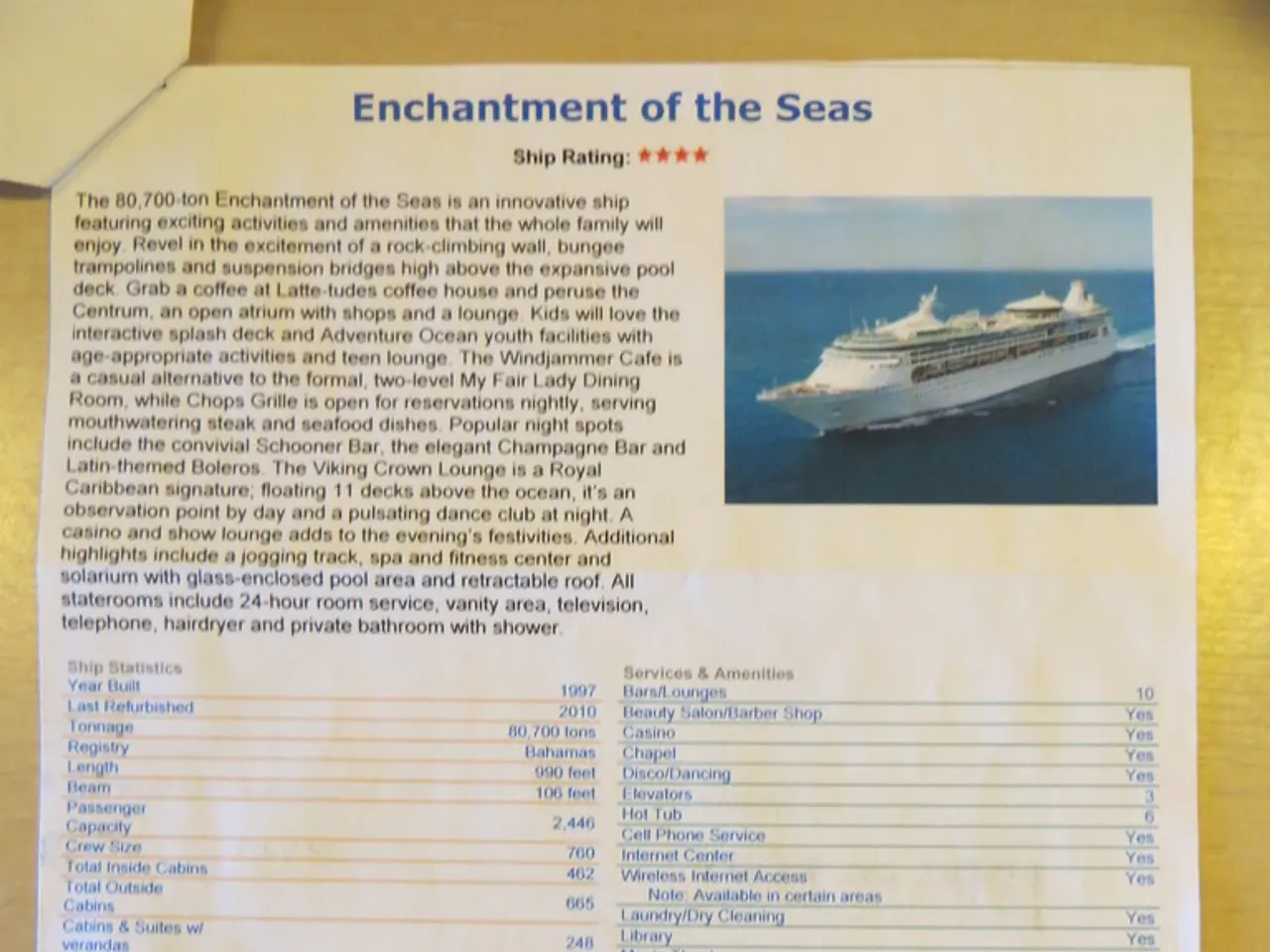Customs negotiators fluctuate between pessimistic and hopeful outlooks
In the ongoing trade dispute between the European Union (EU) and the United States (US), both parties are engaged in intensive negotiations to avoid scheduled tariff increases set for July 9. As of early July 2025, the two economic powerhouses are reportedly close to reaching a basic political understanding to maintain the status quo and prevent the sharp tariff hikes that could significantly impact international trade relations.
The looming deadline is significant, as the US has threatened to impose 50% tariffs on EU imports if no agreement is reached. Currently, the US already imposes a 50% tariff on EU steel and aluminum, 25% on cars and car parts, and a 10% tax on most other products from the EU.
The EU and US talks are ongoing, with the EU preparing contingency plans should the negotiations fail. The expected outcome, similar to past US agreements with the UK and China, is a political understanding setting the groundwork for future detailed arrangements, rather than a full trade deal.
Certain threatened tariffs have been delayed until July 9 or later, pending the outcome of negotiations. Additional EU duties on US goods set for mid-July and August remain contingent on negotiations’ success.
The US has proposed a 17% tariff on EU agricultural and food imports, which would mean a tariff of 20% for the EU. The EU, in response, has approved a $21 billion package of countermeasures against US tariffs but has not yet implemented it. A second package of countermeasures, initially reported to be $95 billion, has been reduced to $72 billion following lobbying by various EU members.
Despite the ongoing talks, no breakthrough has been made, and six EU diplomats familiar with the discussions have provided a bleak outlook. However, a US representative has expressed optimism about reaching a deal soon. The EU aims for a broad agreement with immediate tariff cuts in key sectors like aviation.
As the deadline approaches, EU negotiators may attempt to extend the current status quo to avoid tariff increases from July 9. President Donald Trump has stated that the deadline could be shortened or extended. The negotiations are expected to continue over the weekend, with the hope that a last-minute political agreement can be reached to maintain the status quo and prevent the sharp tariff hikes.
- The community and employment policies of both the European Union and the United States are under scrutiny due to the ongoing trade dispute, as any political understanding reached could potentially impact employment sectors significantly.
- Among the myriad of policy-and-legislation discussions concerning the trade dispute, war-and-conflicts, and general news, the looming July 9 tariff increases remain a contentious issue, with both parties experiencing pressure to reach a political agreement to prevent any exacerbation of international trade tensions.




